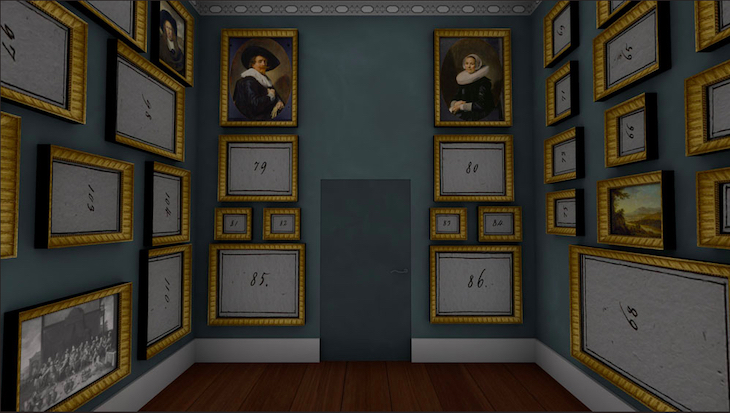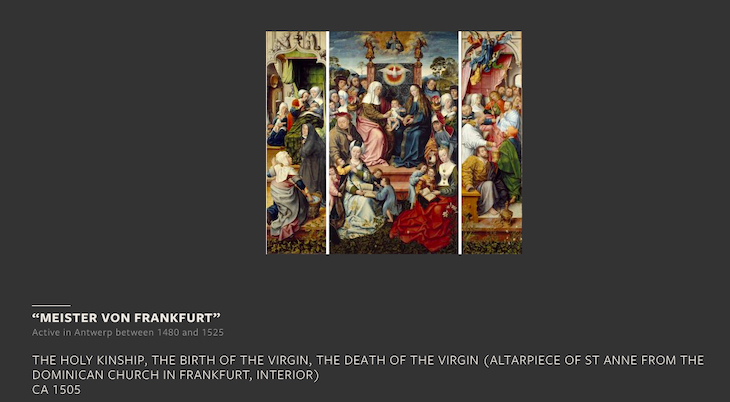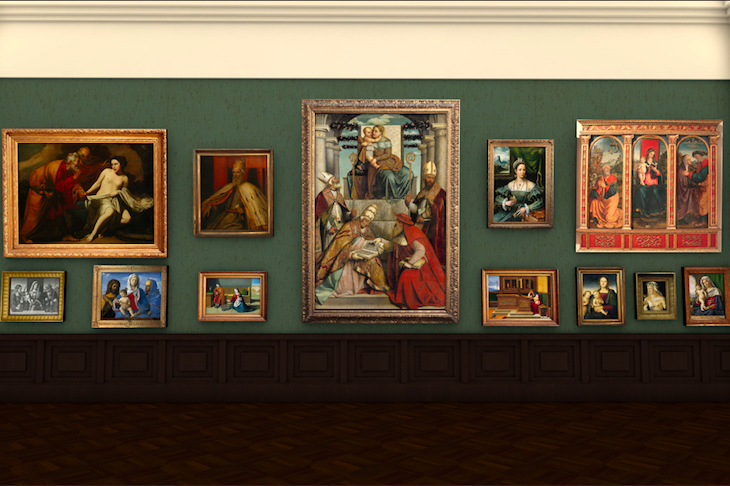While museums around the world are shuttered due to the Covid-19 pandemic, Apollo’s usual weekly pick of exhibition openings will be replaced by a selection of digital initiatives providing virtual access to art and culture.
Launched as part of its bicentenary celebrations in 2016, the Städel’s Zeitreise (Time Machine) project is a detailed walkthrough of the museum’s three historical locations: the Rossmarkt, the former home of Johann Friedrich Städel, which he bequeathed to the future museum on his death in 1816; the palace at the Neue Mainzer Strasse, where the collection moved in 1833; and the Städel’s current location on the Schaumainkai, which opened in 1878. Researchers have recreated the interiors of the three locations in each of these years, complete with paintings hung in their original arrangements on the walls, each of which you can click on for a closer look and for catalogue information. Together, the three virtual spaces provide a fascinating immersion in the transformations of an art museum during the 19th century; they are available at the Städel’s website.
Preview the project below | View Apollo’s Art Diary here
The West Wall of the Chambre à droite in the Rossmarkt, 1816

The South Wall of the Early German Room at Neue Mainzer Strassse, 1833

Online cataloguing for a triptych by the Meister von Frankfurt, which hung in the room depicted above

The West Wall of the Kleiner Oberlichtsaal West in the Schaumainkai, 1878, hung with Italian paintings from the late fourteenth century up to the baroque period




